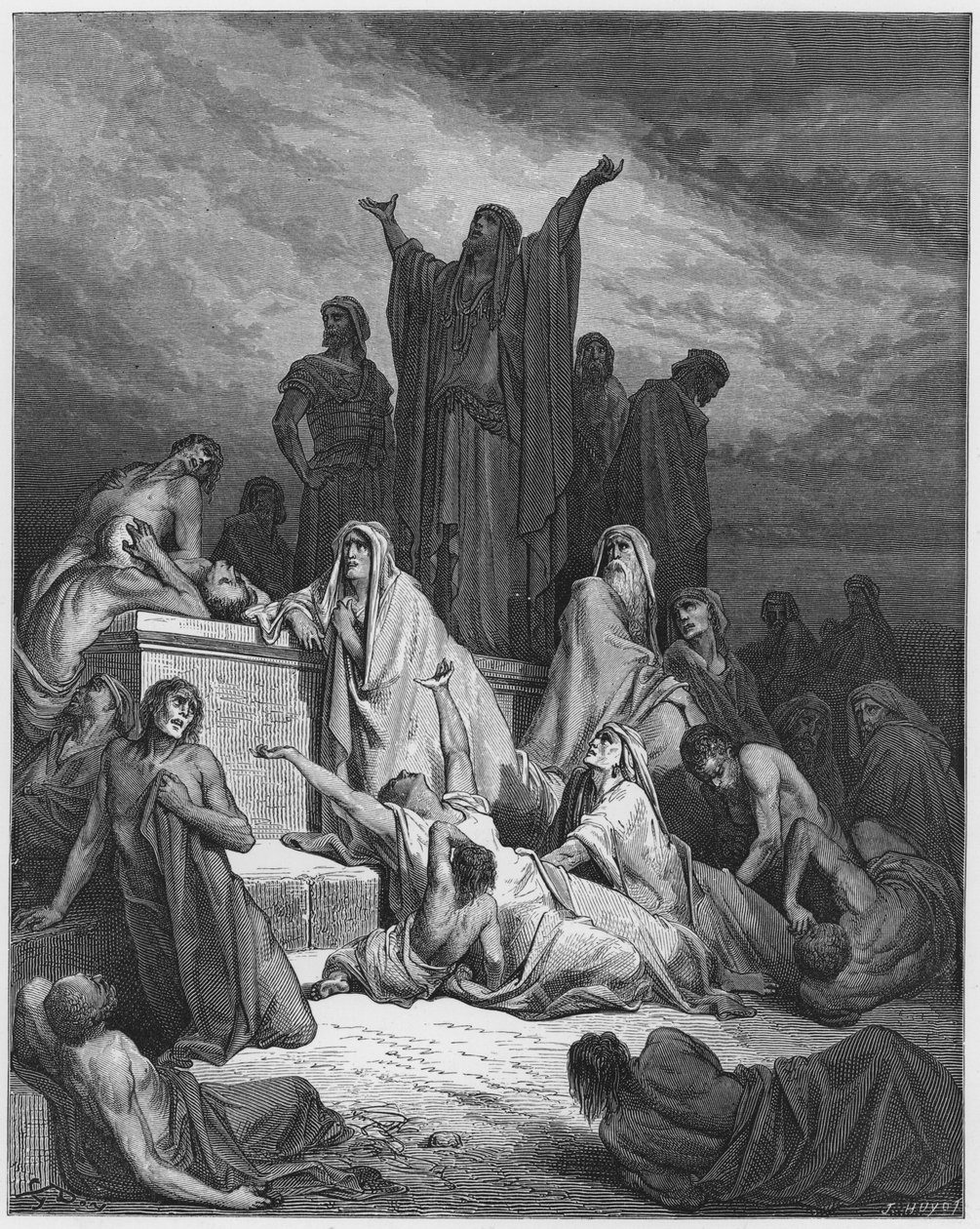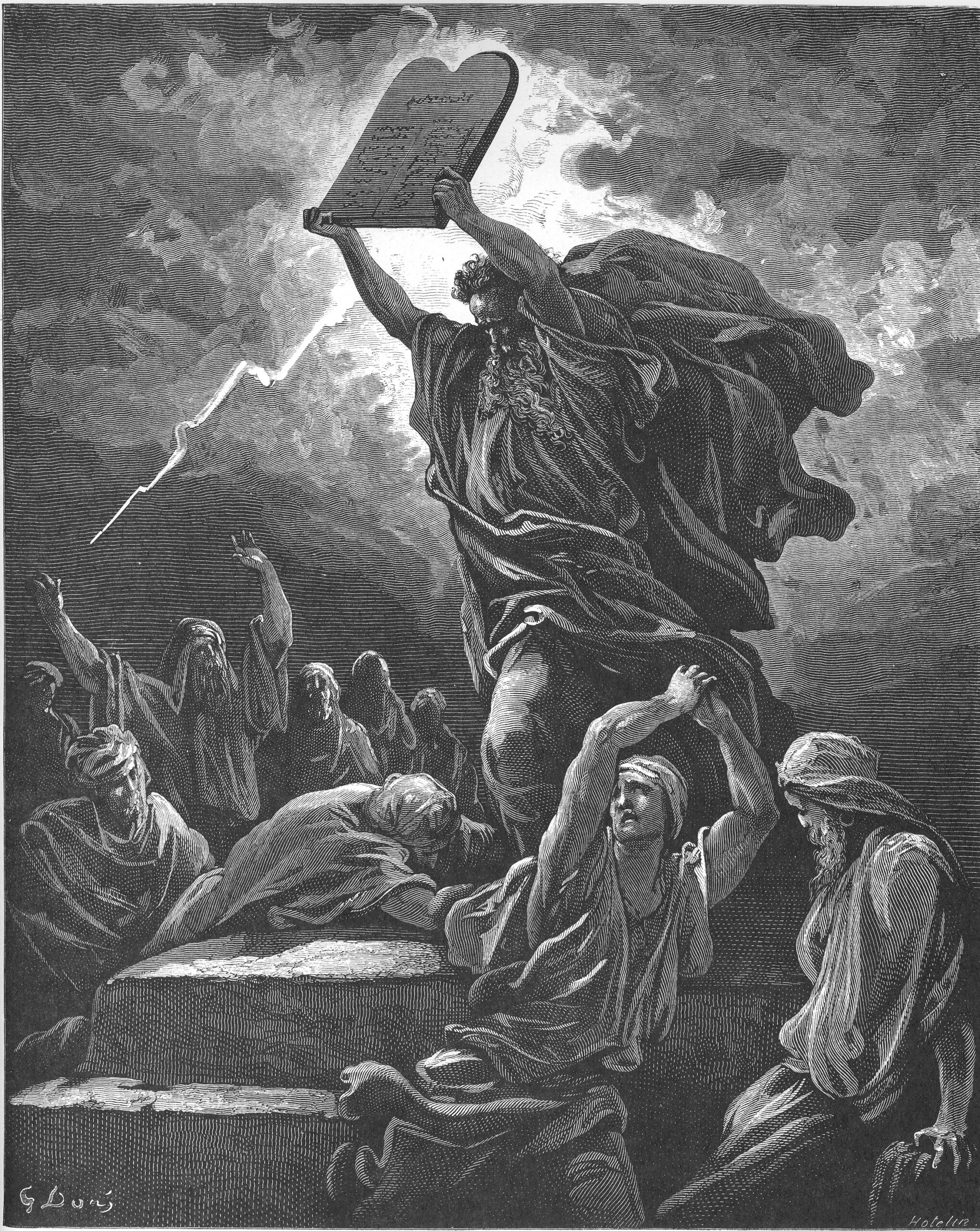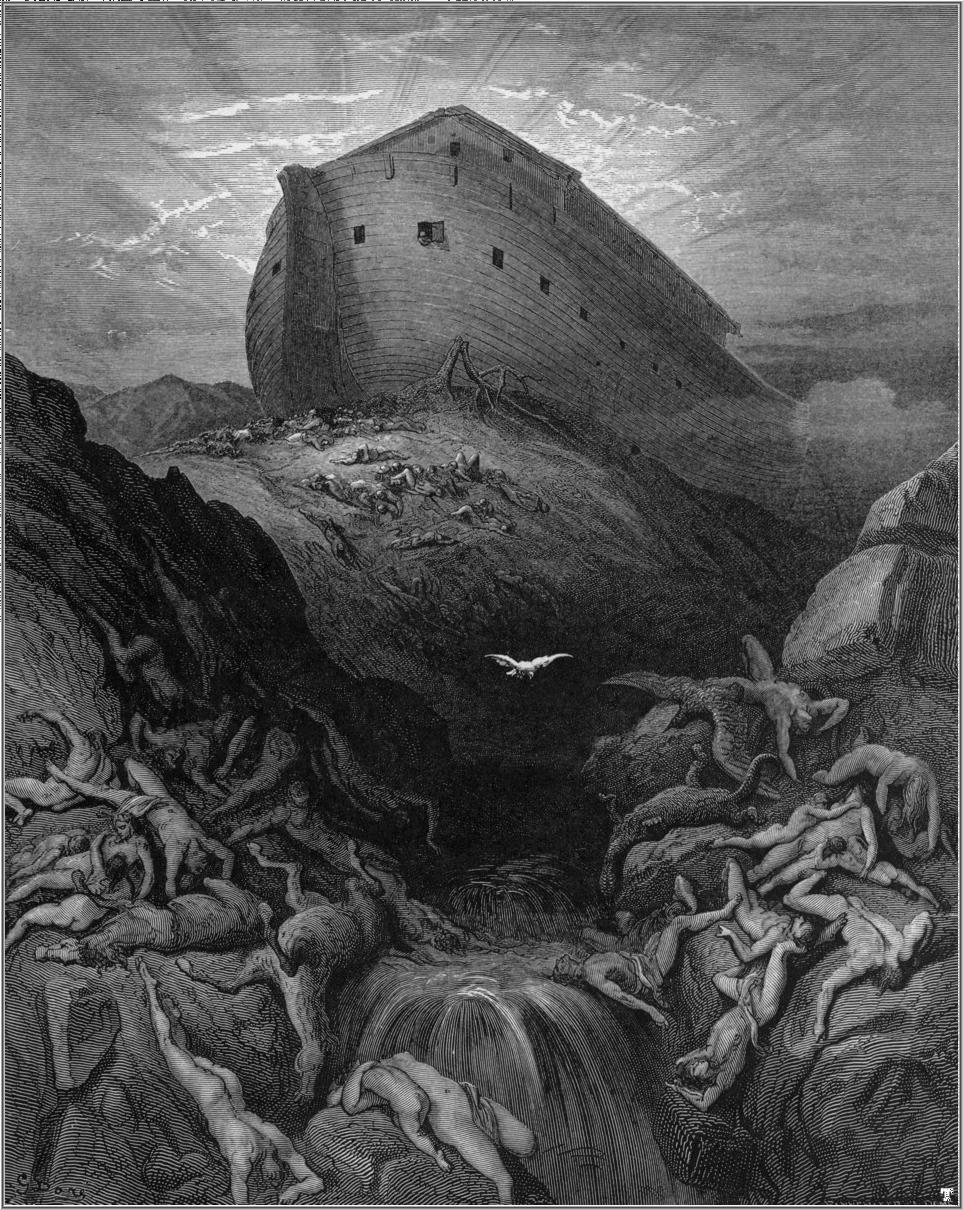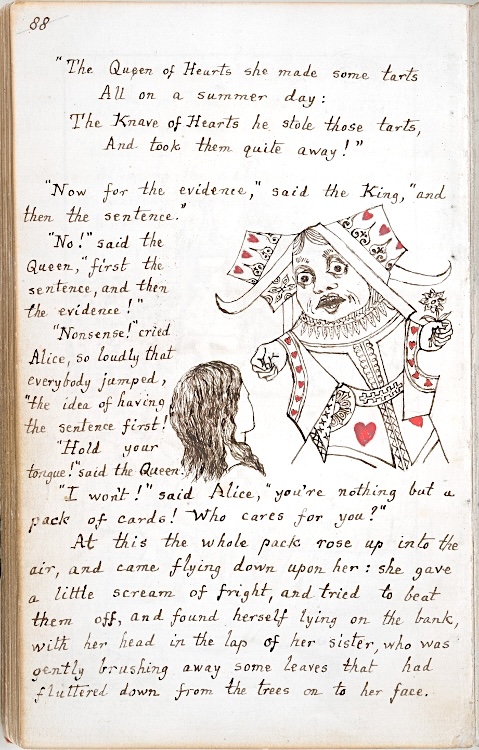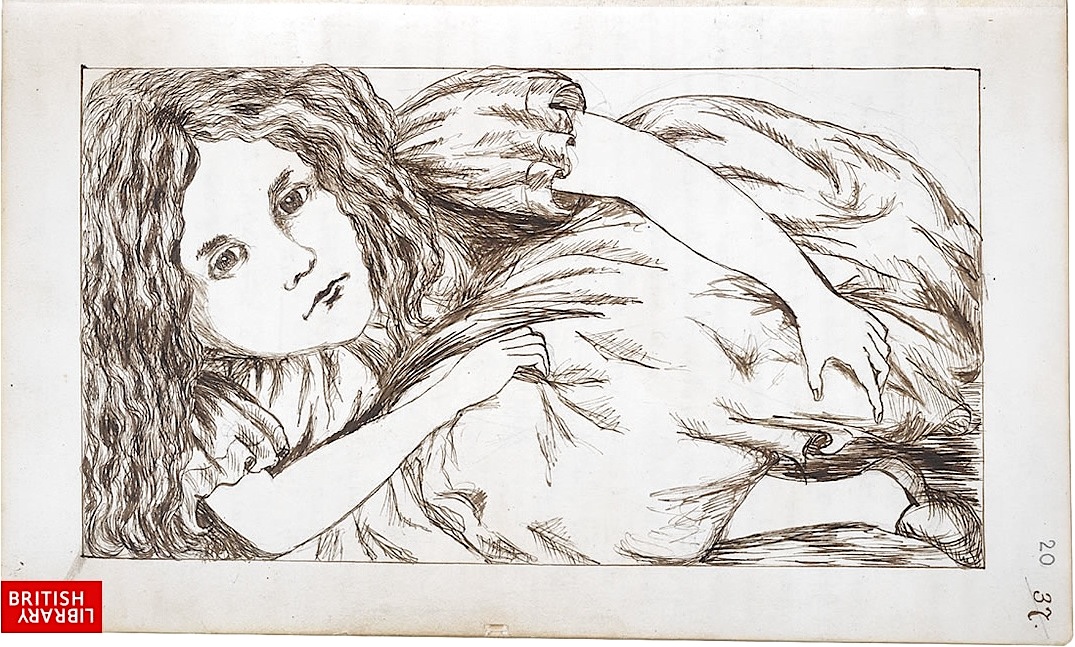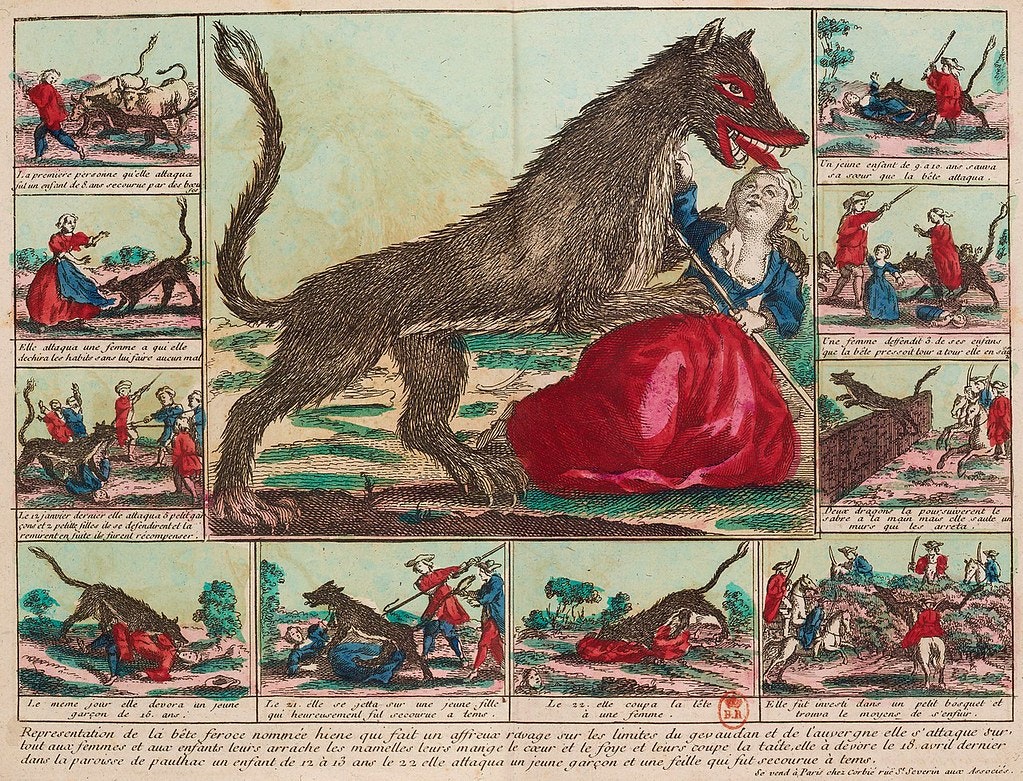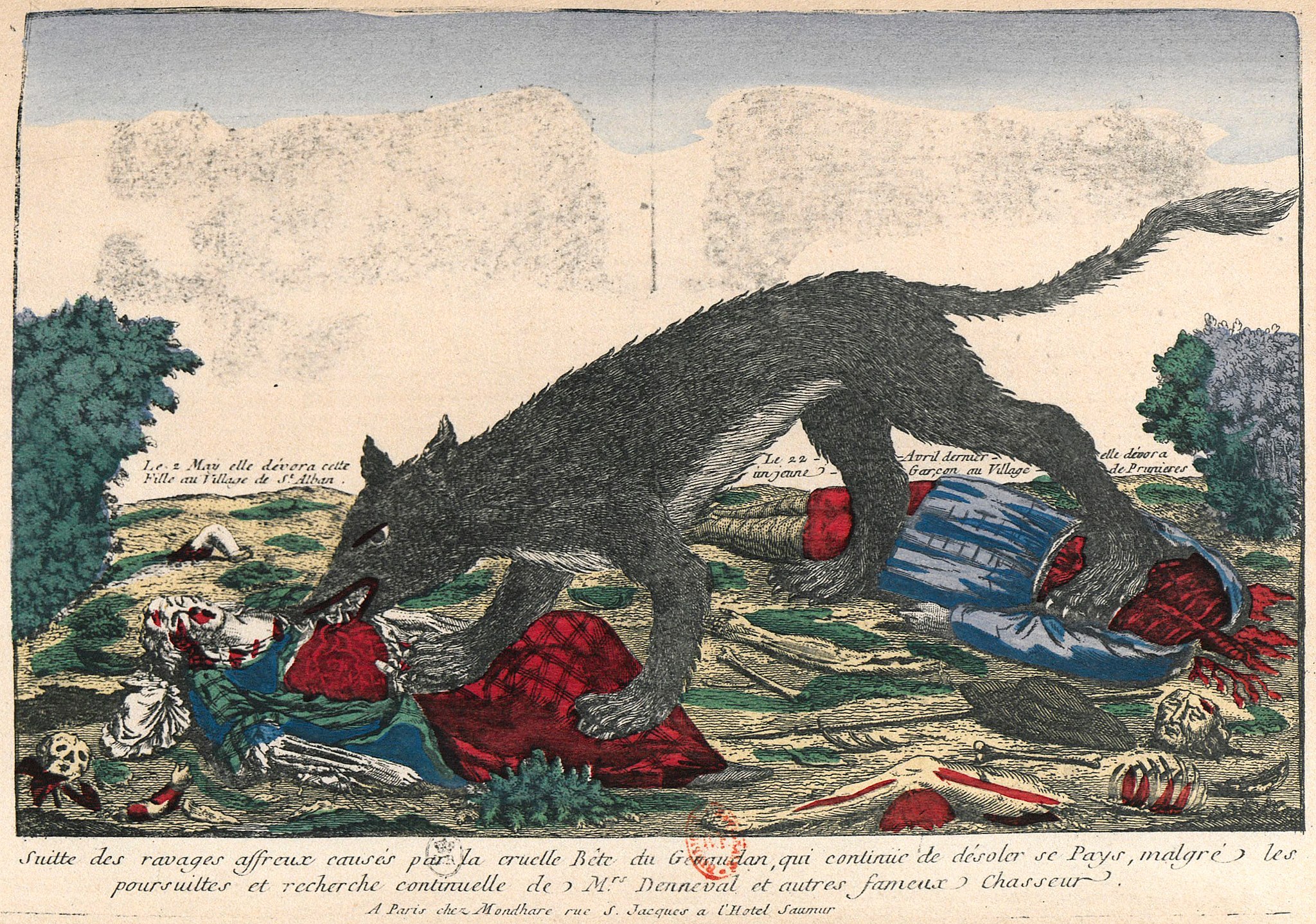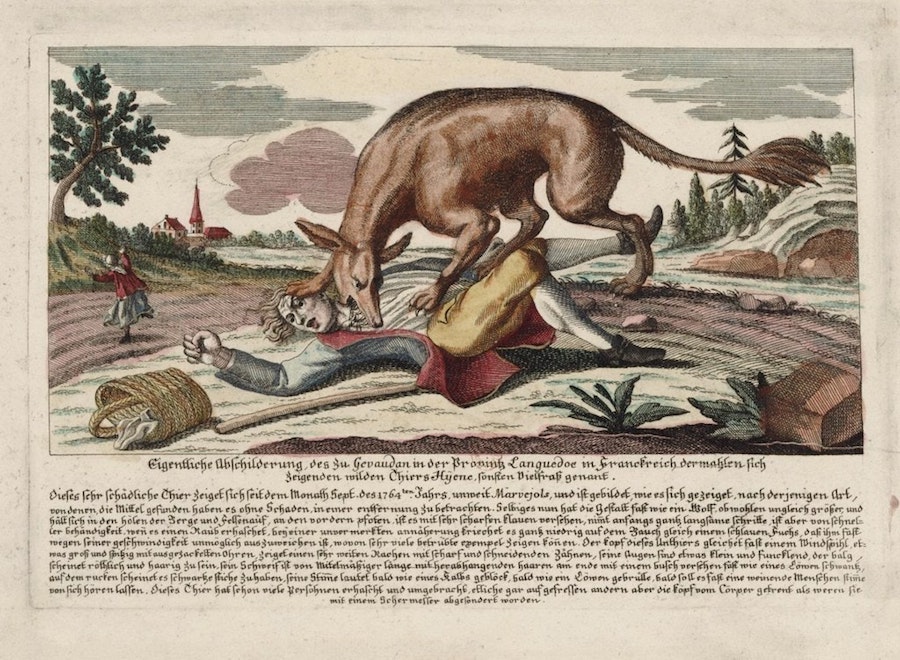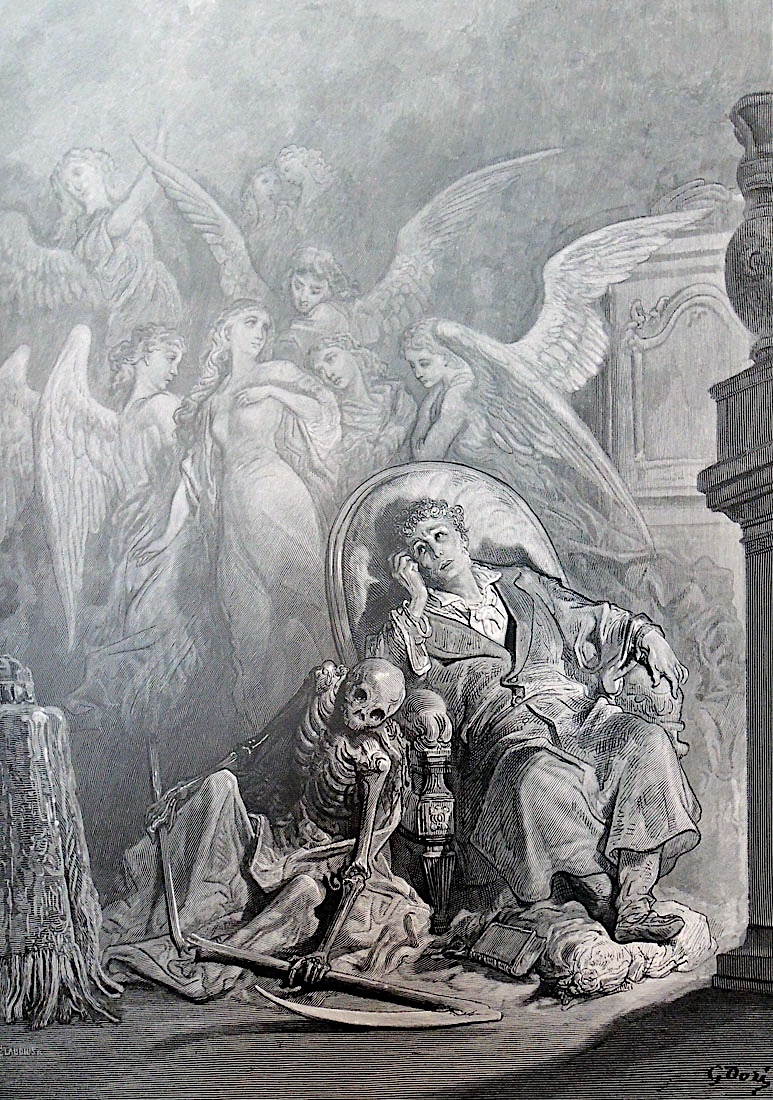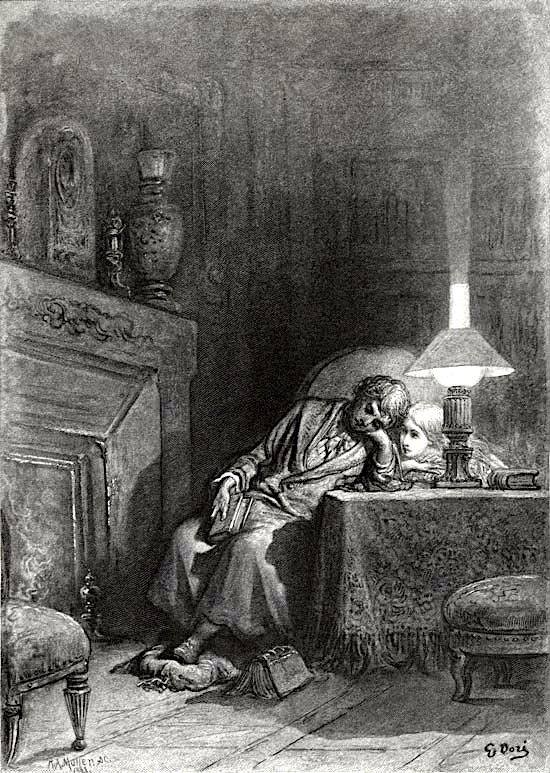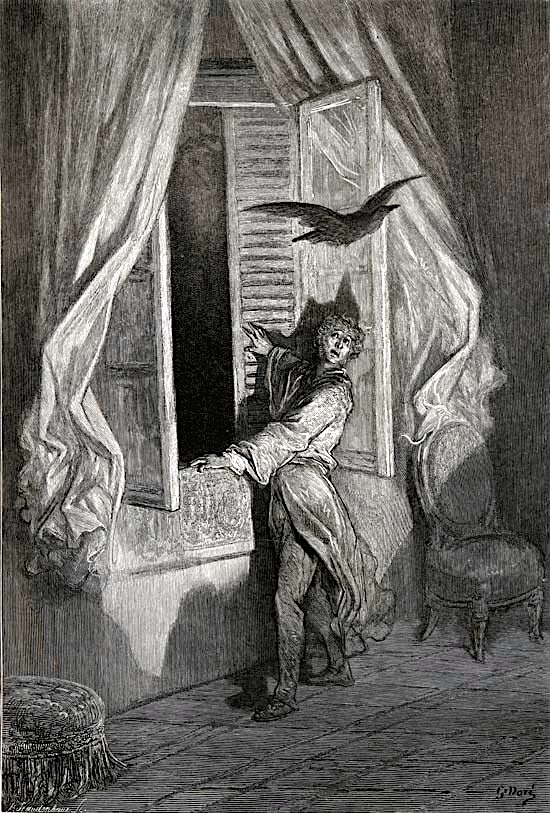Brian Eno once wrote that “it’s possible that our grandchildren will look at us in wonder and say, ‘You mean you used to listen to to exactly the same thing over and over again?’ ” That speculation comes from an essay on what he calls “generative music,” which is automatically produced by digital systems in accordance with human-set rules and preferences: “like live music, it is always different. Like recorded music, it is free of time-and-place limitations.” These words were first published nearly 30 years ago, in his book A Year with Swollen Appendices. Today, he has at least one grandchild, whose handwriting figures in one of the music videos from his latest solo album. That particular work may be non-generative, but his interest in the concept of the generative in art endures.
This year, Eno even stars in a generative documentary about his life as an artist, music producer, and “sonic landscaper” directed by Gary Hustwit, best known for Helvetica and other non-fiction films on design. The New York Times’ Rob Tannenbaum writes that Eno “is unlike any other portrait of a musician. It’s not even a portrait, because it isn’t fixed or static. Instead, Hustwit used a proprietary software program that reconfigures the length, structure and contents of the movie.” This suited both Eno’s professional philosophy and his antipathy to the conventional documentary form. “Our lives are stories we write and rewrite,” Tannenbaum quotes him as writing in an e‑mail. ‘There is no single reliable narrative of a life.”
In fact, there are about 52 quintillion different narratives, to go by the estimate of possible permutations of Eno Hustwit has given in interviews. “We could make a 10-hour series about Brian, and we still wouldn’t be scratching the surface of everything he’s done,” he told The Verge. “I just added a bunch of footage this past week that’s going into the Film Forum week two runs, which has never been in the system before.” Not only do “we get to keep digging into the footage and bringing new things into it, but we also get to keep changing the software. And I don’t know, in a year from now, what the film will look like or what the streaming versions of it will be.”
What Eno didn’t have to clarify in 1996, but Hustwit has to clarify in 2024, is that this kind of generative film isn’t generated by artificial intelligence. Emphasizing that “the data set is all our material,” including 30 hours of interviews and 500 hours of conventionally shot film, Hustwit frames his enterprise’s custom software, acronymically called Brain One, “as more like gardening.” That metaphor could have come straight from Eno himself, who’s spoken about “changing the idea of the composer from somebody who stood at the top of a process and dictated precisely how it was carried out, to somebody who stood at the bottom of a process who carefully planted some rather well-selected seeds.” Eventually, “you stop thinking of yourself as me, the controller, you the audience, and you start thinking of all of us as the audience, all of us as people enjoying the garden together.”
Related content:
Eno: A 1973 Mini-Doc Shows Brian Eno at the Beginning of His Solo Career
Watch Brian Eno’s “Video Paintings,” Where 1980s TV Technology Meets Visual Art
Brian Eno on Creating Music and Art As Imaginary Landscapes (1989)
How David Byrne and Brian Eno Make Music Together: A Short Documentary
Watch Another Green World, a Hypnotic Portrait of Brian Eno (2010)
Watch Brian Eno’s Experimental Film “The Ship,” Made with Artificial Intelligence
Based in Seoul, Colin Marshall writes and broadcasts on cities, language, and culture. His projects include the Substack newsletter Books on Cities and the book The Stateless City: a Walk through 21st-Century Los Angeles. Follow him on Twitter at @colinmarshall or on Facebook.


